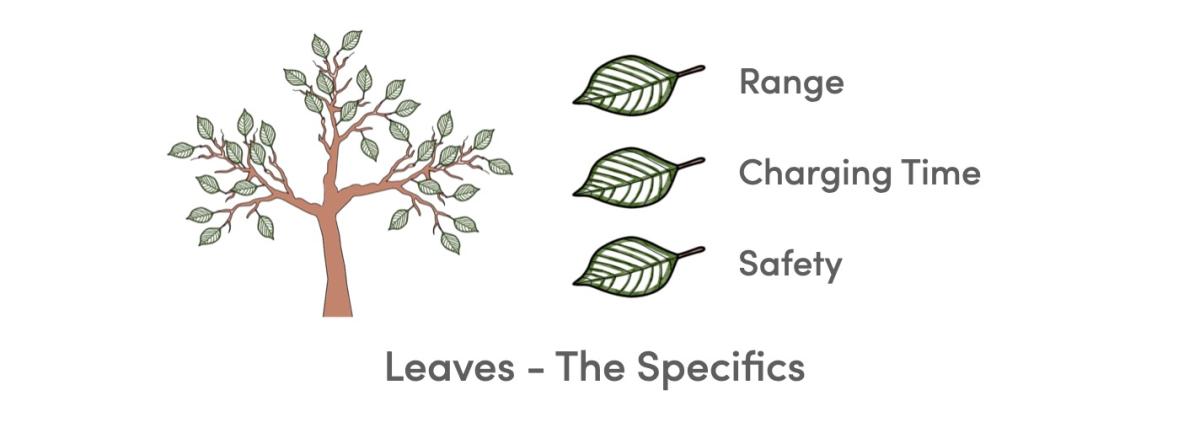This post was published in the Common Craft Newsletter Subscribe Here
We've all heard someone say, in the context of understanding something new: "You're not seeing the forest for the trees." This usually means that someone is so focused on the details that they're missing the big picture. This dynamic frames a very common and difficult element of communication. We all struggle with the Curse of Knowledge and what mix of forest and trees will work for our audience.
When we have deep knowledge of a subject, the forest and even the trees can seem too basic. It might seem logical to head straight to what fascinates you: the specifics.
In my experience, context matters. Time spent discussing the forest and the trees is vital because it sets the scene and provides a logical path for learning.
An Example
Let's imagine we're explaining a new technology for electric vehicle (EV) batteries to a mainstream audience. To understand and appreciate the innovation, we'll need to look at specific details. But, if we get to the details too quickly, we'll lose the audience, so we have to be deliberate. We can do this by thinking about a forest and a tree with branches and leaves. In this example, each idea is supported by the idea that came before it.
The forest could be a quick bit of data on the growth of EVs around the world. This shows why EVs matter and will continue to matter in the future.

Within the forest, there are various trees. Each tree may be a competing EV manufacturer or battery technology. This starts to narrow the focus. We'll define the tree as an EV car brand.

Now that we have narrowed the subject to a specific tree, we can consider the trunk. This is the subject of the explanation. It sets the course and provides a concrete direction. For our example, the trunk is how the brand is reacting to problems.

With a trunk in place, we can consider its branches. These are the major points of the explanation that set the stage for the big reveal. In our example, let's say the branches represent specific issues facing the brand's EV lineup: range, charging time, and safety. This sets up problems that need solutions.

Now that we have a tree with branches, we can focus on the leaves of each branch. These are specific ideas that show a solution to the problems on each branch.
- Range? Here's how that is solved now
- Charging time? Here's why it's better
- Safety? Here's what has changed

By visualizing a tree, we can think about ideas having support. The leaves need the branches, the branches need the trunk, etc. At heart, this is a template for effective writing. In the context of explanation, it can serve as a memorable way to think through what you'll explain.